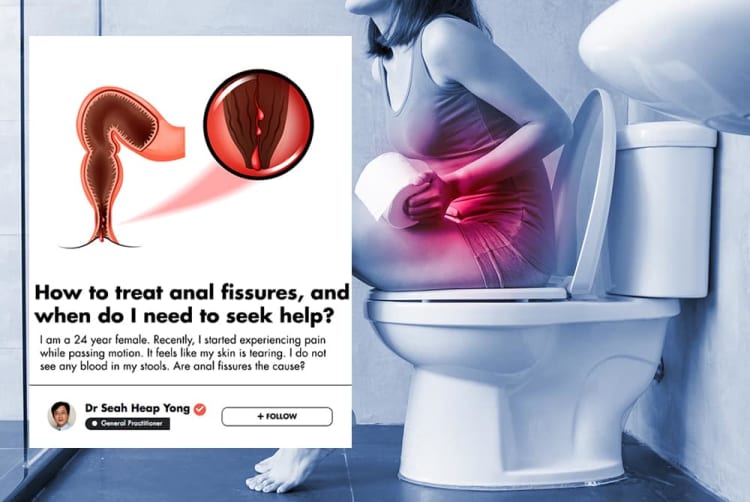Thank you for your question on sunken eyelid. This is a great question and I have seen several patients that have come to see me for this problem. Like the other doctors have mentioned, this may seem like a simple problem which can be solved with a filler injection - but it is not. It is important to understand the underlying cause and correct that first, such as ptosis or droopy eyelid. Injections of fillers around the eyes can also be challenging due to the complicated anatomy and blood vessels around the eye.

The youthful upper eyelid does not appear sunken because the contents of the orbit (such as fat) are firm and the eyelid skin is tightlly stretched across the bony socket. Sunken upper eyelids are a result of a hollowness of the upper lid and it gives rise to a characteristic A-frame deformity, which is leads to a tired or aged look.
Some of the conditions that can cause hollowing of the upper eyelid include:
1. Ptosis. A lot of patients do not realise that they have ptosis or that ptosis can lead to sunken upper eyelids. In this group of patients, treatment of the droopy eyelids with Ptosis Correction Surgery will correct the sunken eyelids. This is commonly seen in patients who in their 30s-40s with sunken eyelids.
2. Previous injury to the orbital area or infection.
3. Previous surgery to the upper eyelid, such as excessive removal of fat during upper eyelid surgery
4. Age-related deflation and atrophy of fat in the upper eyelid. In this above 3 group of patients, injection to augment the upper eyelid can correct the A-frame deformity and rejuvenate the appearance of the patient. Filler injections with hyaluronic acid can be given but this is temporary and for this region, I prefer structural fat grafting as a more permanent solution. However, this may need more than one session to avoid over-grafting and over injecting. Over-injections in this area can definitely cause more problems and it can even cause droopy eyelids as it may interfere with the function of opening mechanism of the eye. In severe cases, an open incision correction is done and a dermal graft or fat transposition is performed to correct the deformity.
I hope this answers your questions!
Dr. Terence Goh
Plastic Surgeon









